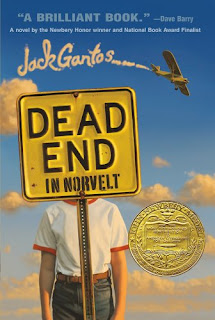The Grey King by Susan Cooper (1976 Newberry Medal Winner)
This is a book that I wasn't expecting to find on the list. Sure I've seen books from a series, but all of the ones that I recognized were the first book in th the series. The Grey King is the fourth book in The Dark is Rising series. Susan Cooper, along with Madeline L'Engle, are both authors that I was disappointed not to see multiple times on the list as well. All mock bitterness aside, let's talk about this wonderful book.
Before we can get into the actual story, we have three books of background to address. I'll try to keep it short, but I definitely have to explain the major characters.
Will Stanton
We meet young Will in the pages of The Dark is Rising. On his eleventh birthday, he notices some very strange things in his neighborhood. He discovers that this is because he is the seventh son of a seventh son, and because of this he is actually part of a group called the Old Ones.As the youngest of the Old Ones, it is Will's responsibility to prepare for the final battle with the Dark. In all but the first book of the series, Will is the person resposible for most of the action of the last four books. As an Old One, Will can travel to different times that are important to the Old Ones, freeze time, and an assortment of impossible things.
Will is guided by the first of the Old Ones, a man called Merry Lyons.
Merry Lyons
He was the first Old One and has been involved in all of the battles against the Dark. I won't say anything more to avoid giving away too much.The Book
After suffering a major illness, Will is sent to Wales to recuperate. While he is there, he is also searching for the Sleepers who are being watched by a Dark agent, the Grey King.Will meets a strange young boy named Bran, and the two of them join forces to solve the mystery in the verses that Will discovered in the previous books.
The book is filled with Welsh, problem solving, and a look into the past. This is a great book for anyone that enjoys adventure stories filled with Fantasy elements. You can also talk with young readers about the friendship as it develops between Will and Bran, as well as making judgements about people that you meet.
I expect that I will come back to talk about the other books in this series if I ever get through the Caldecott and Newberry books.











